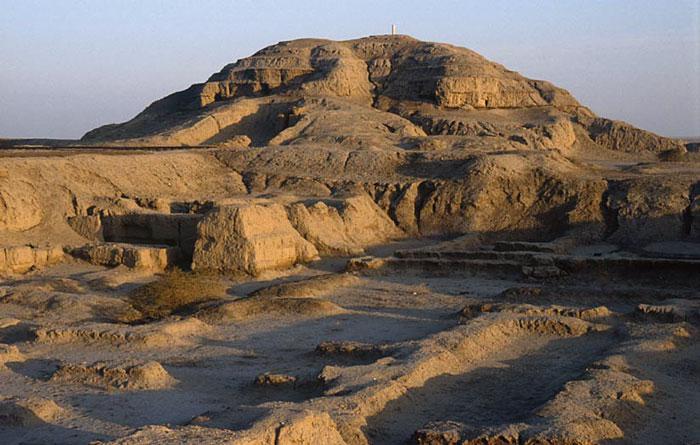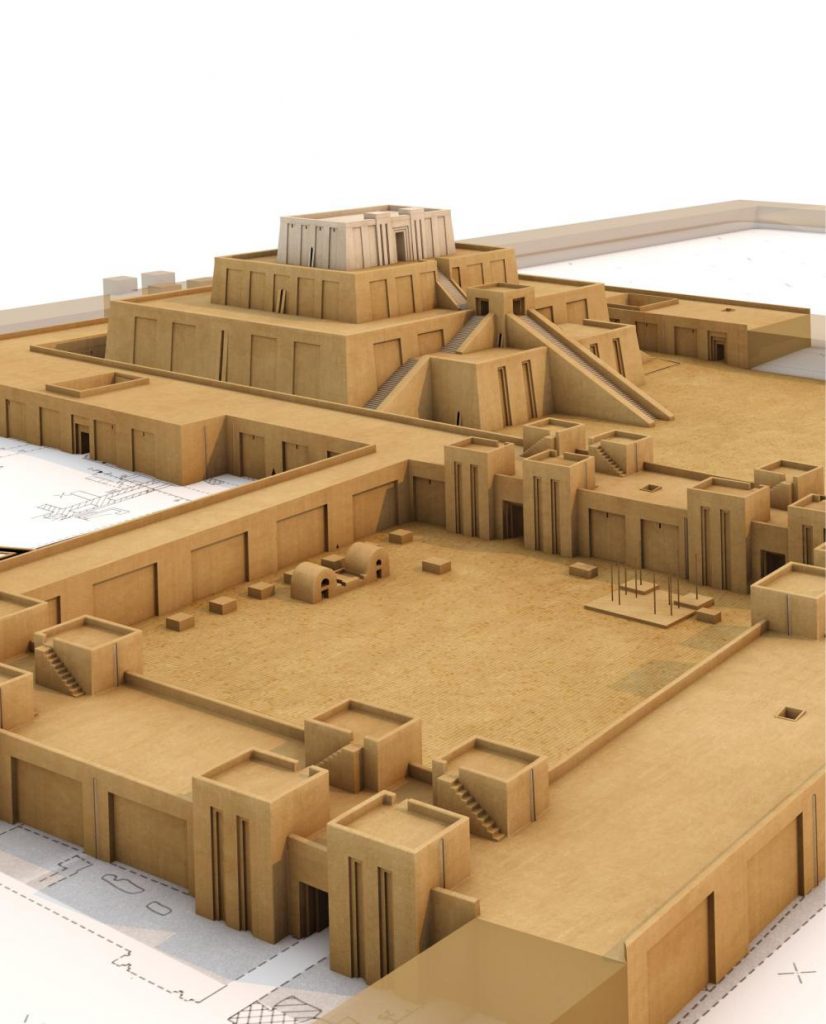The great city of the legendary King Gilgamesh has been a subject of research by German archaeologists for over 100 years now. In the fluvial landscape of southern Mesopotamia, small settlements grew together in the 4th millennium BC to form a city that was to remain in existence for 4,500 years.

It was at Uruk, today’s al-Warka, that people first used Mesopotamian cuneiform and developed a differentiated society and complex administrative systems. The monumental sanctuaries in the centre of the city have long been a major area of study of the Orient Department of the German Archaeological Institute. Among them are the Eanna sanctuary of the goddess of love and war Inanna/Ishtar, the sanctuary of the god Anu, and the temples of Irigal (Eshgal) and Bit Resh. The high temple terraces and the 9 km long city wall made Uruk one of the most impressive cities of Mesopotamia.
